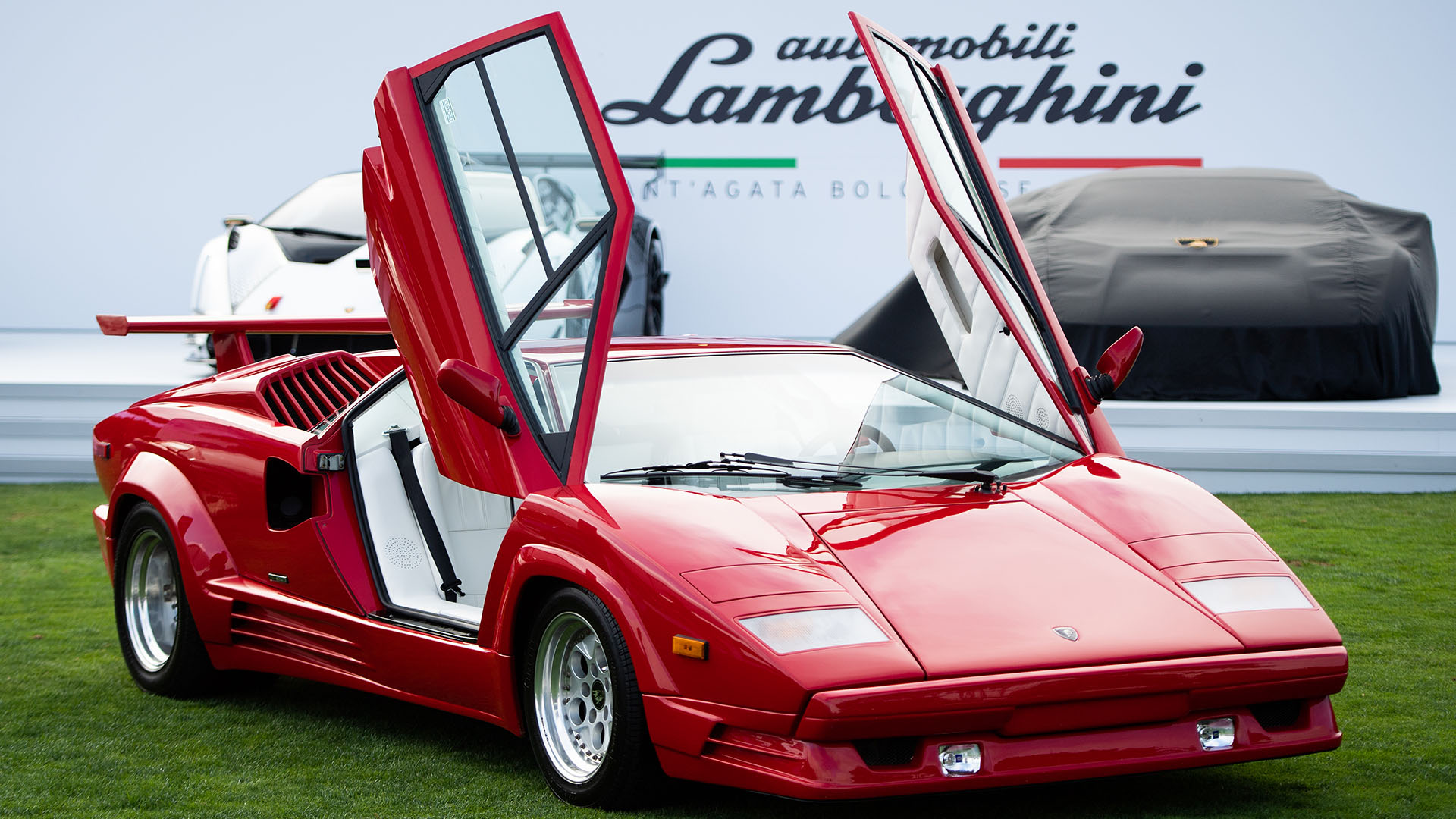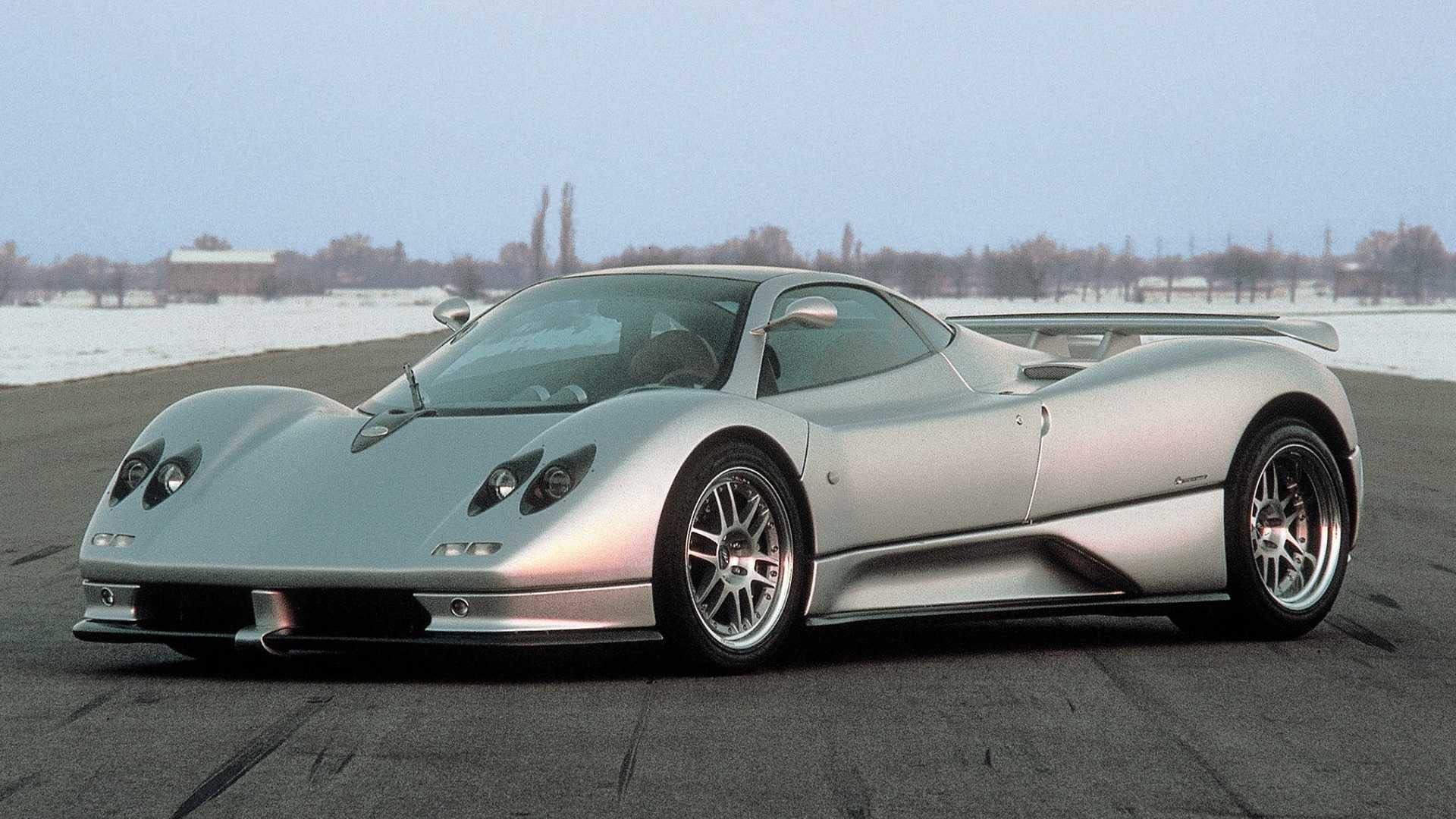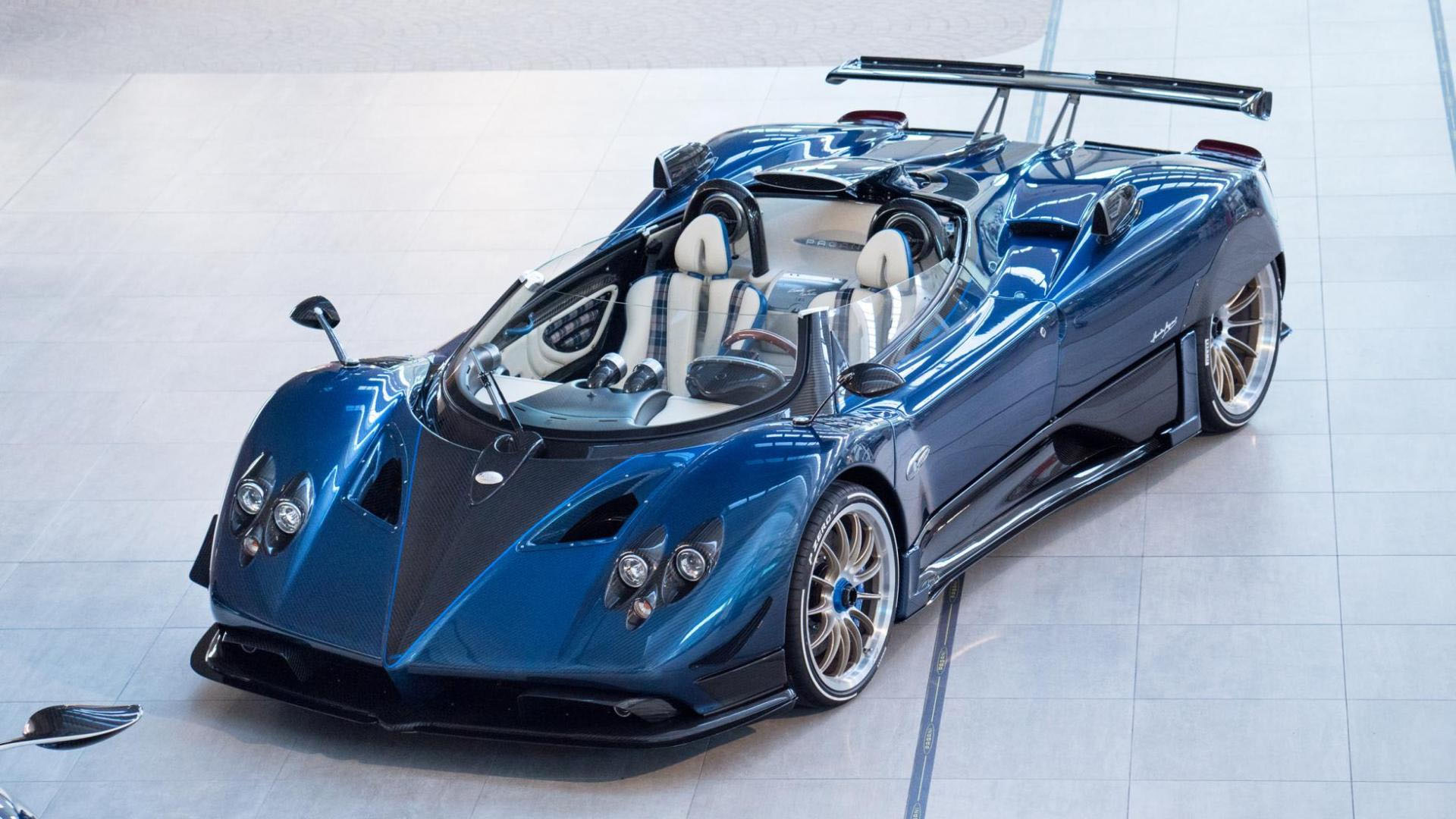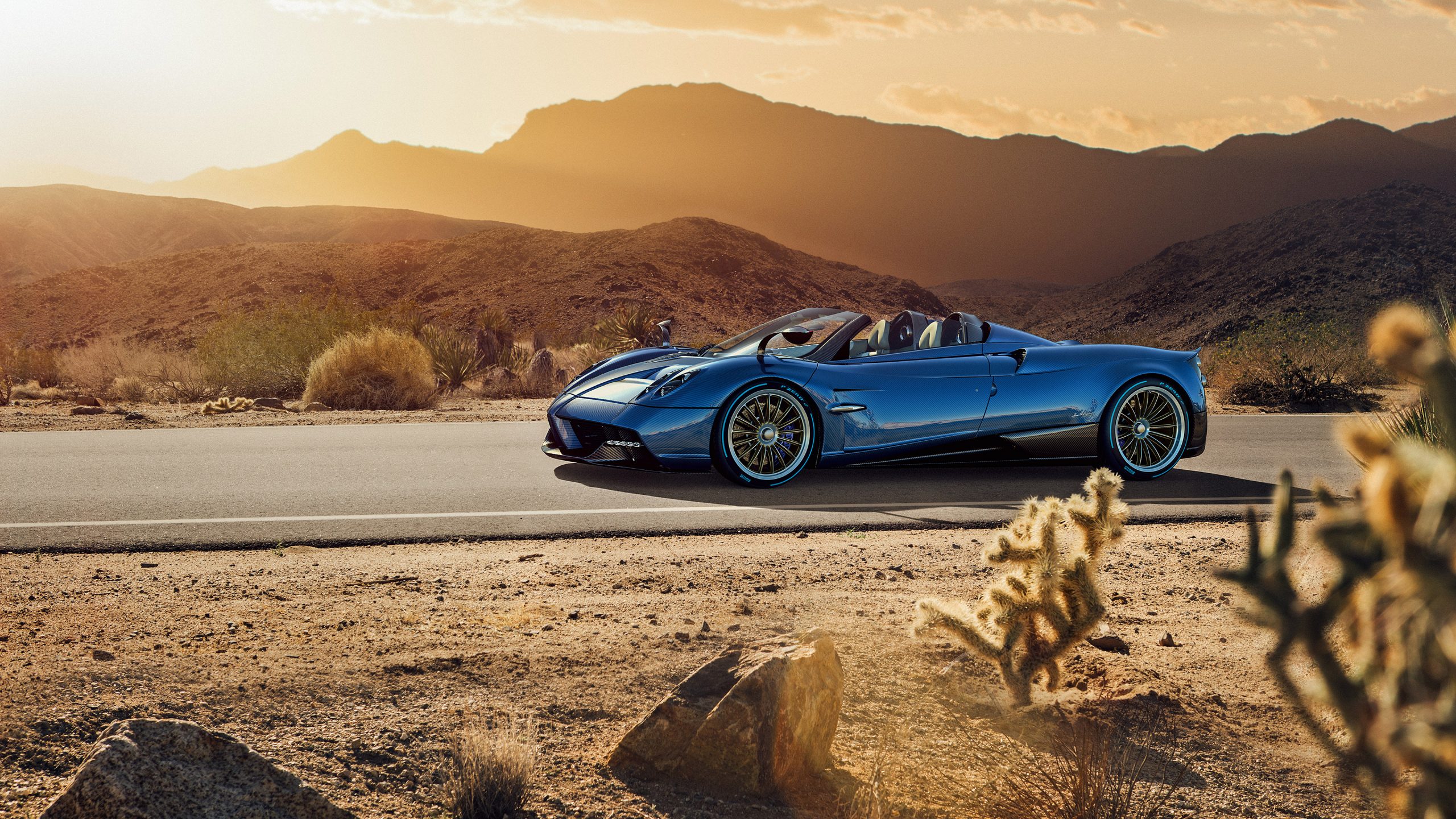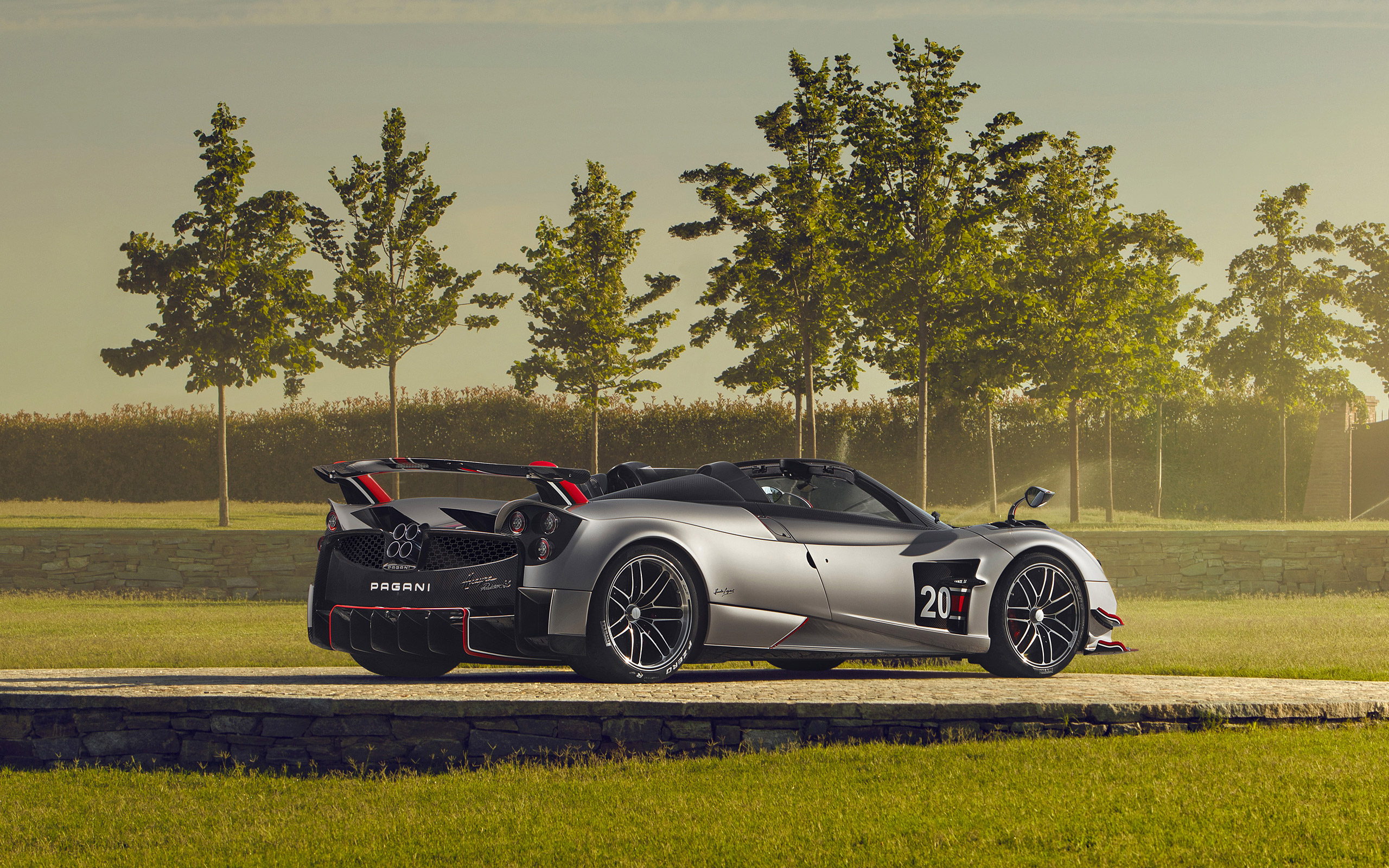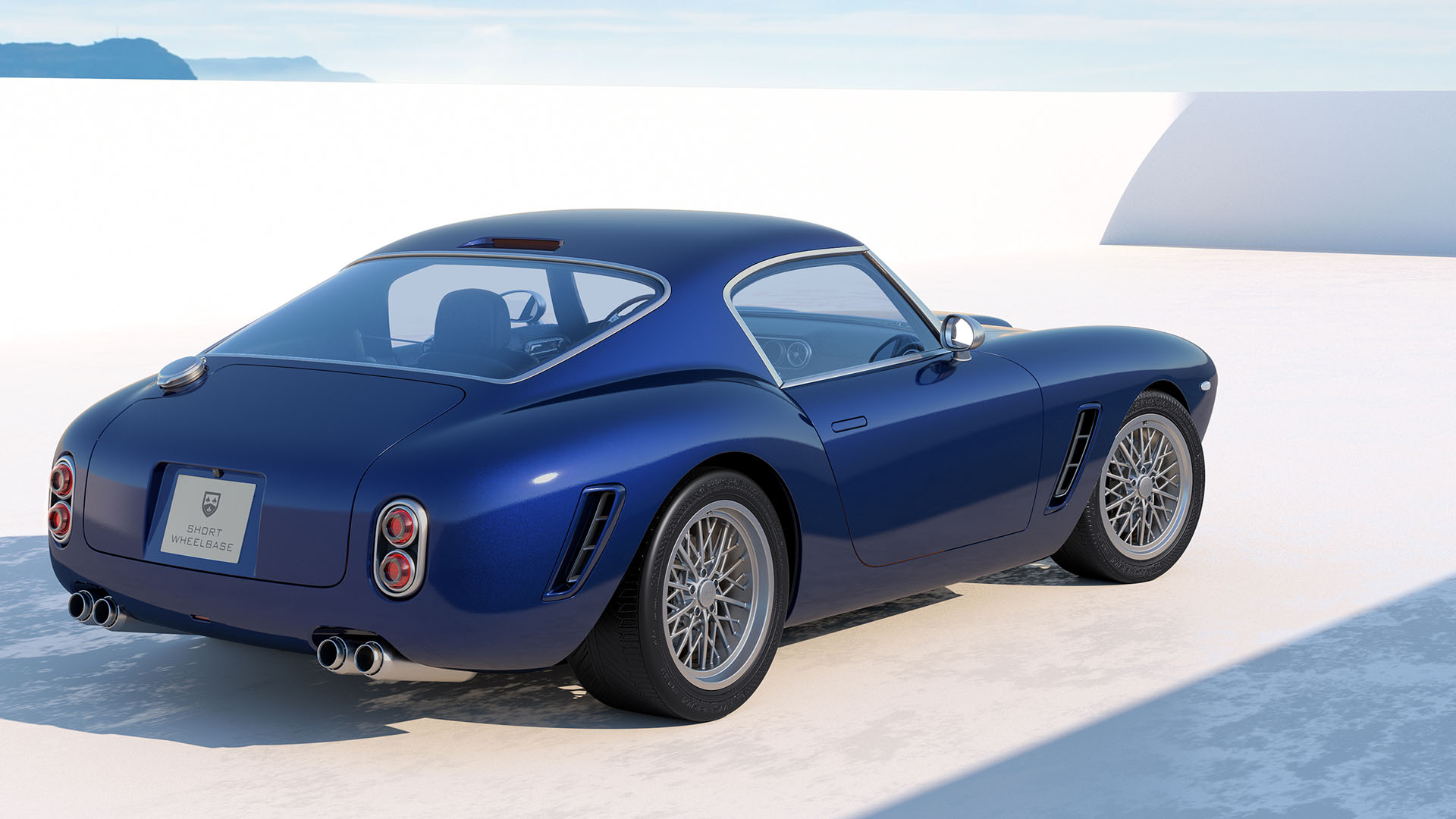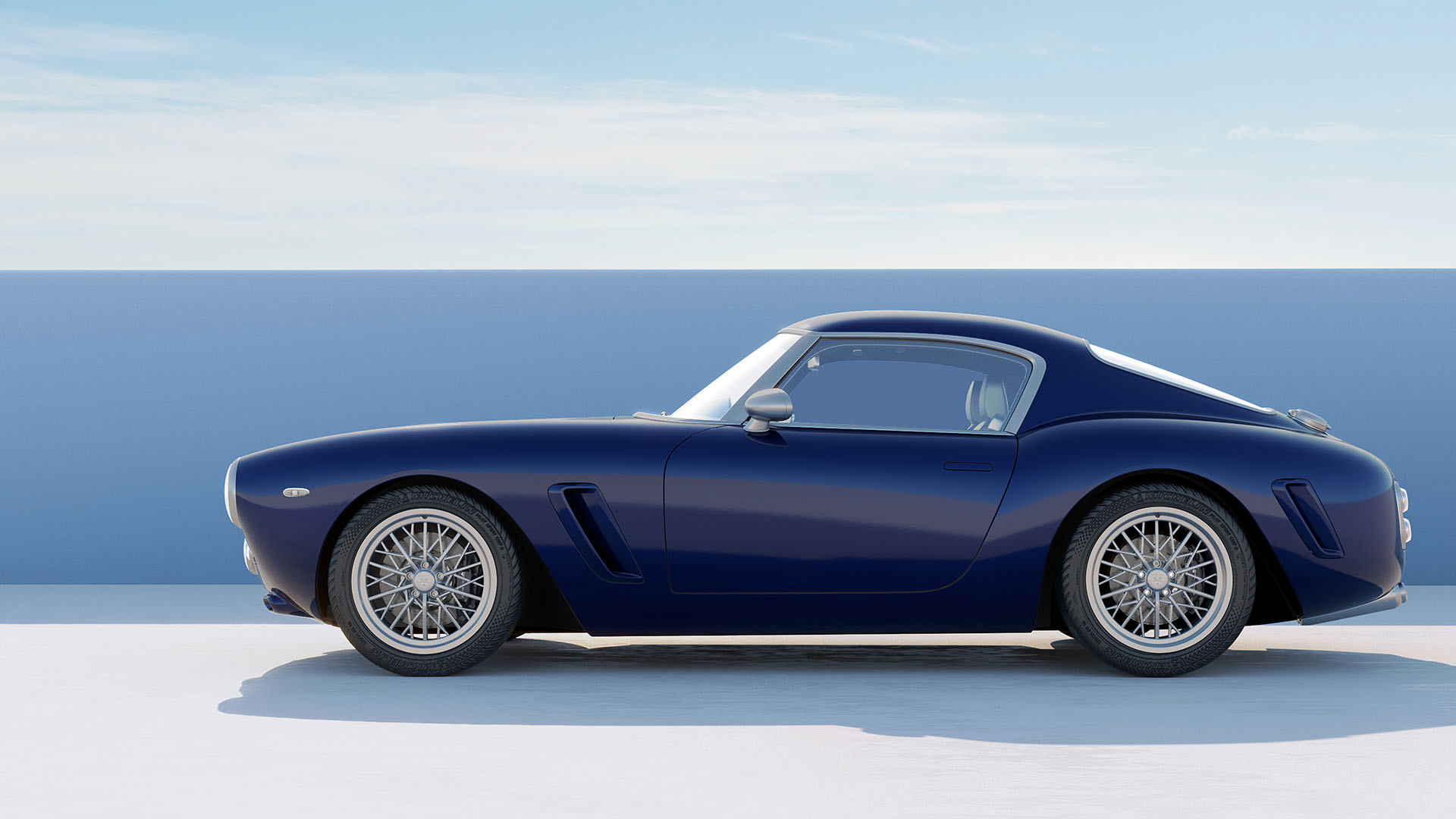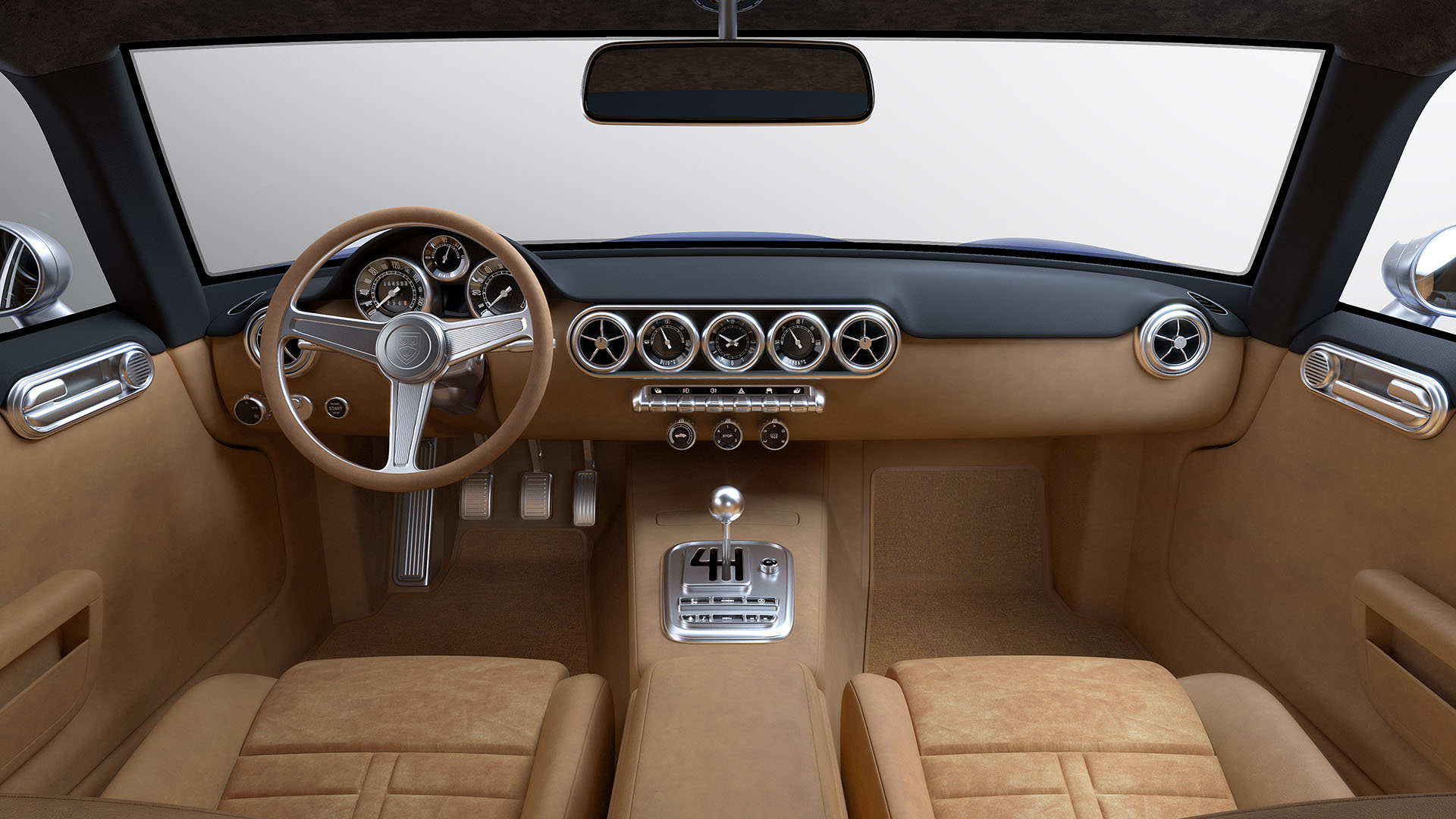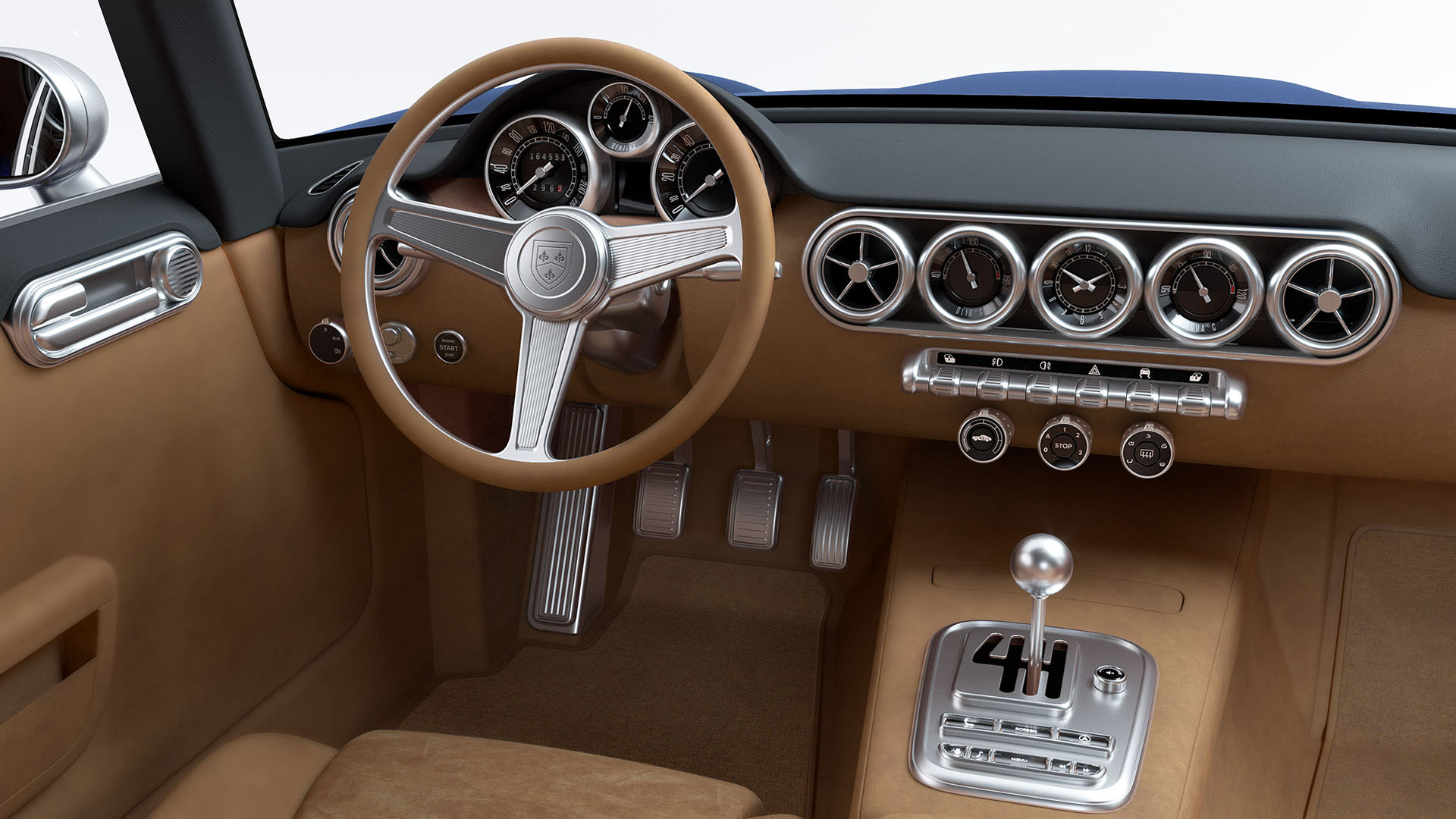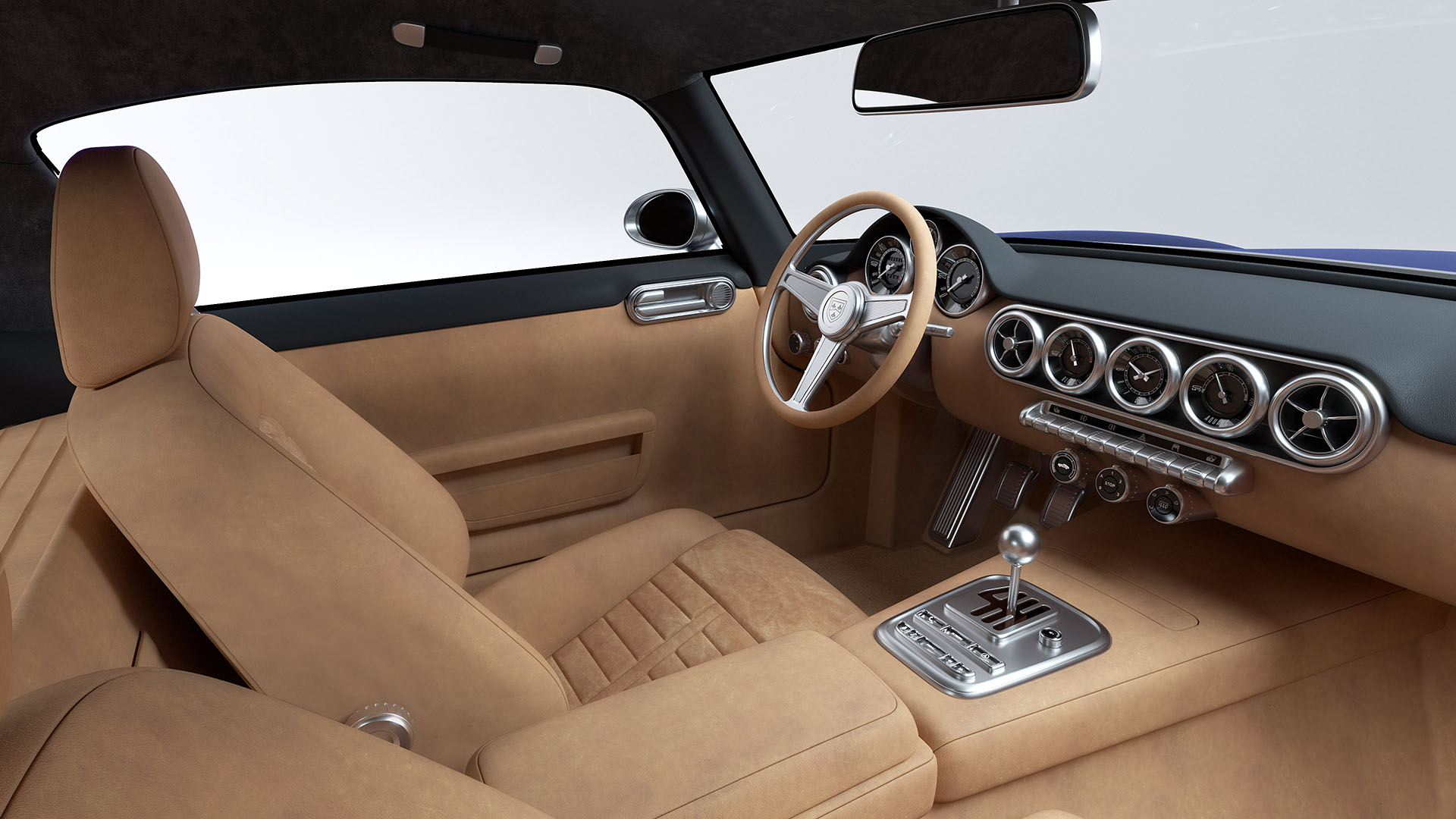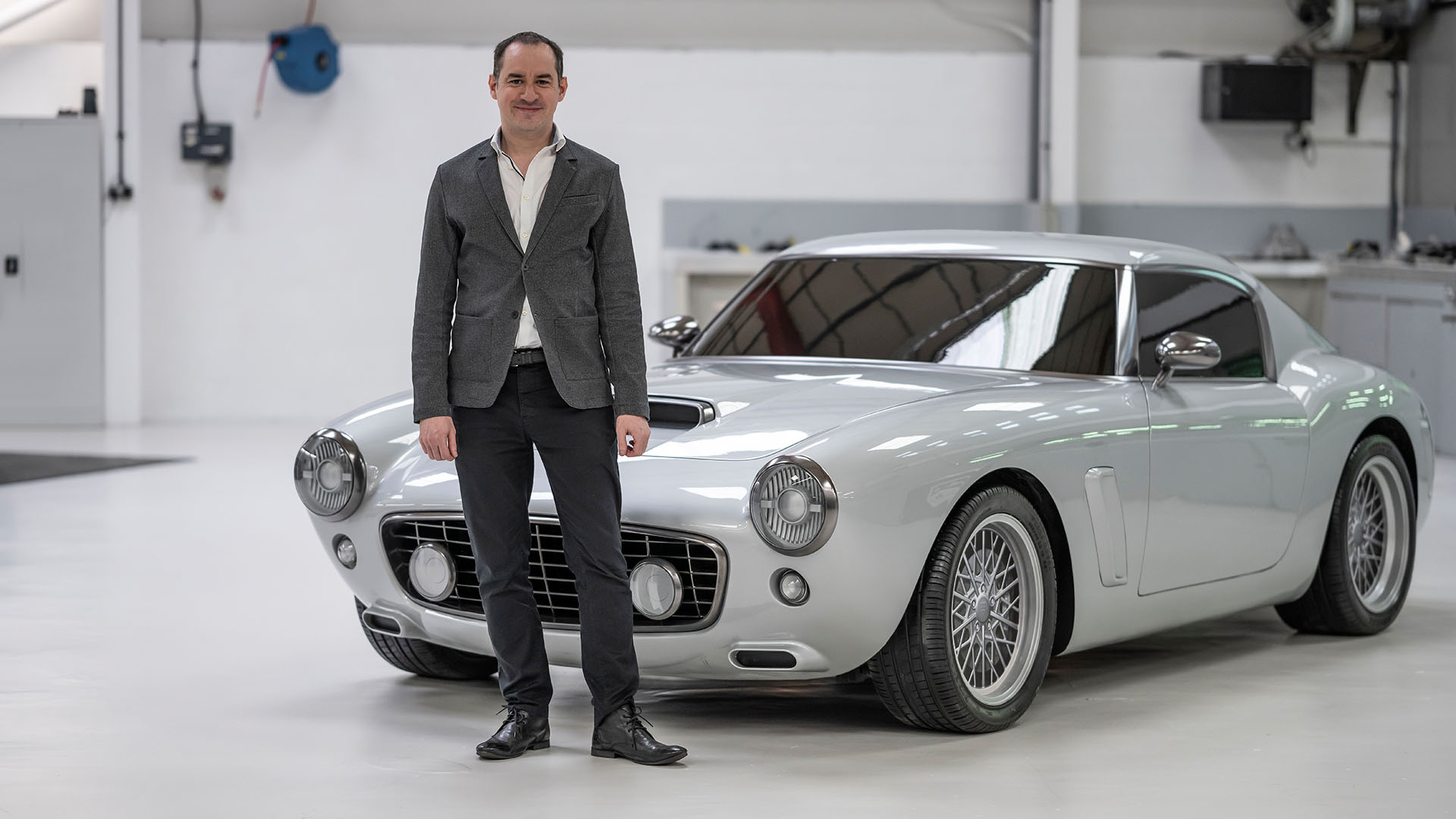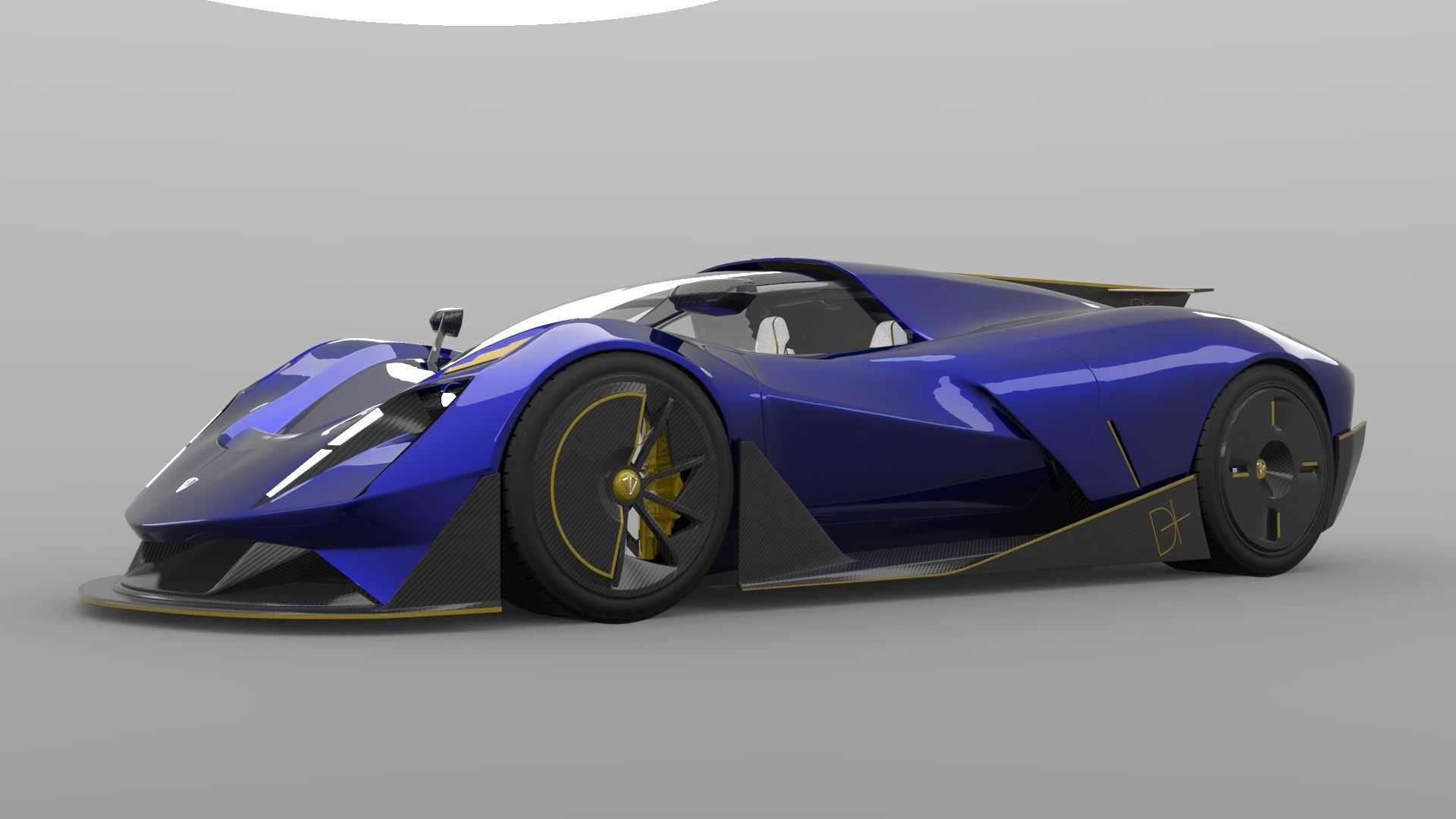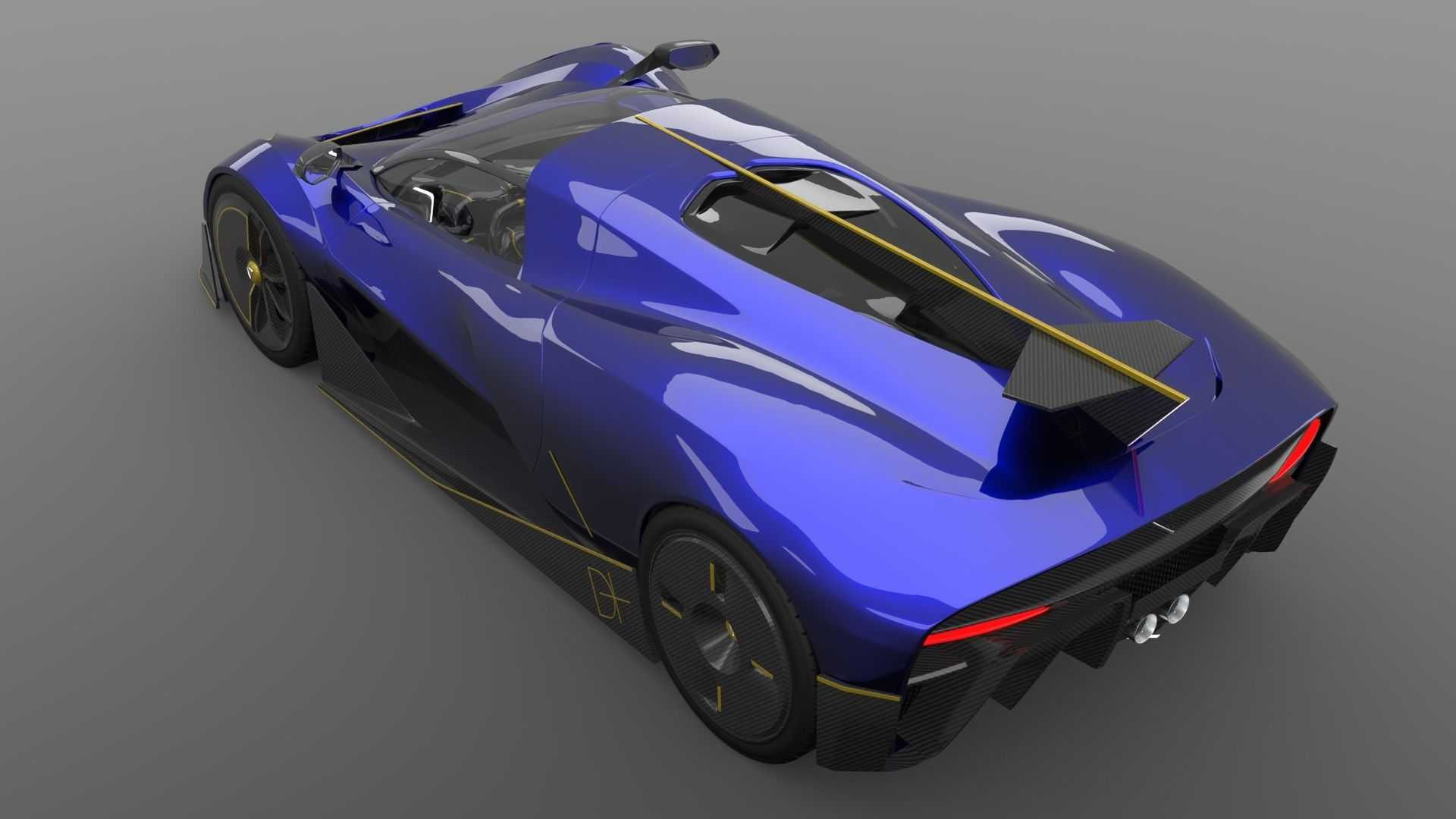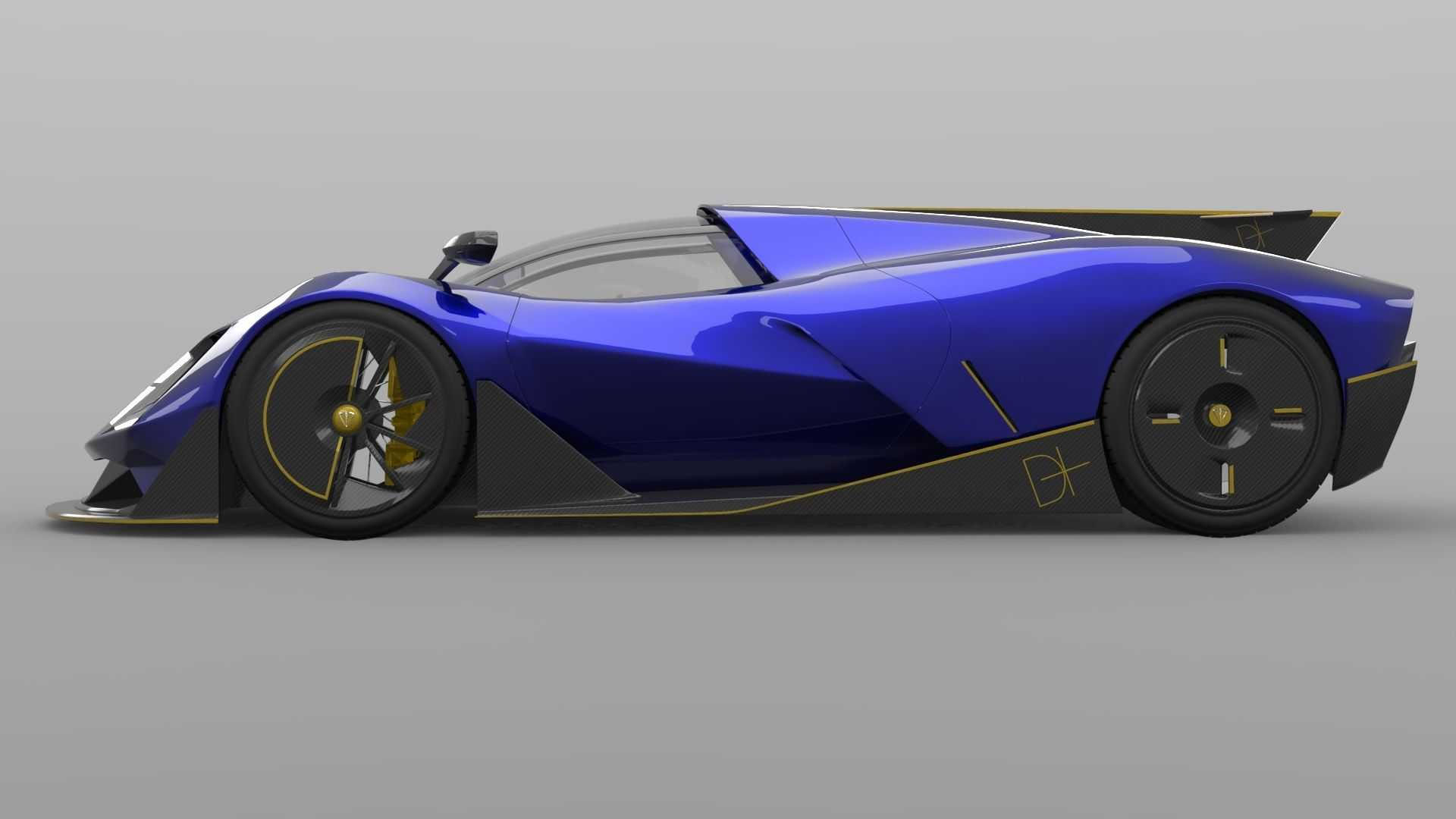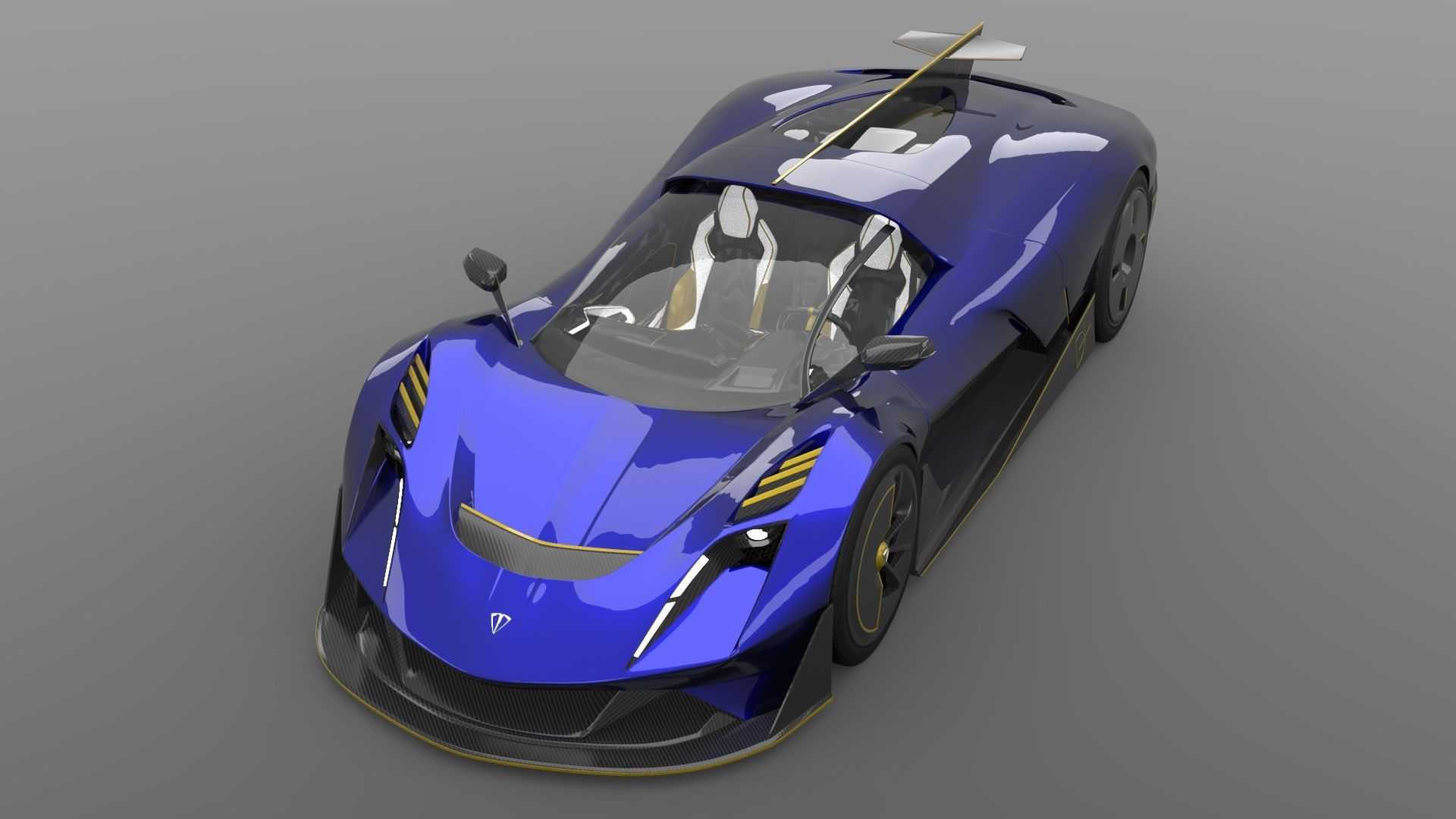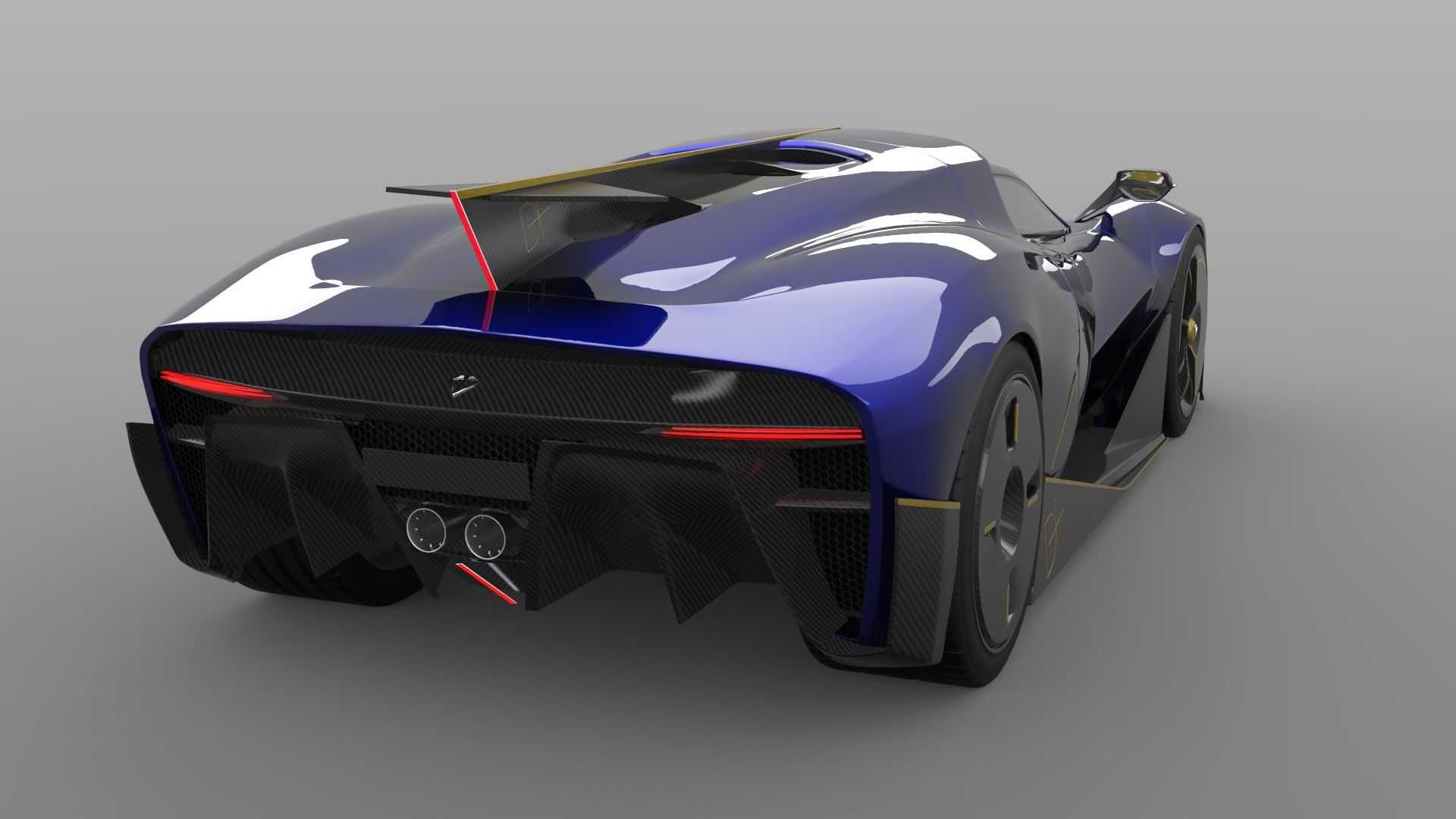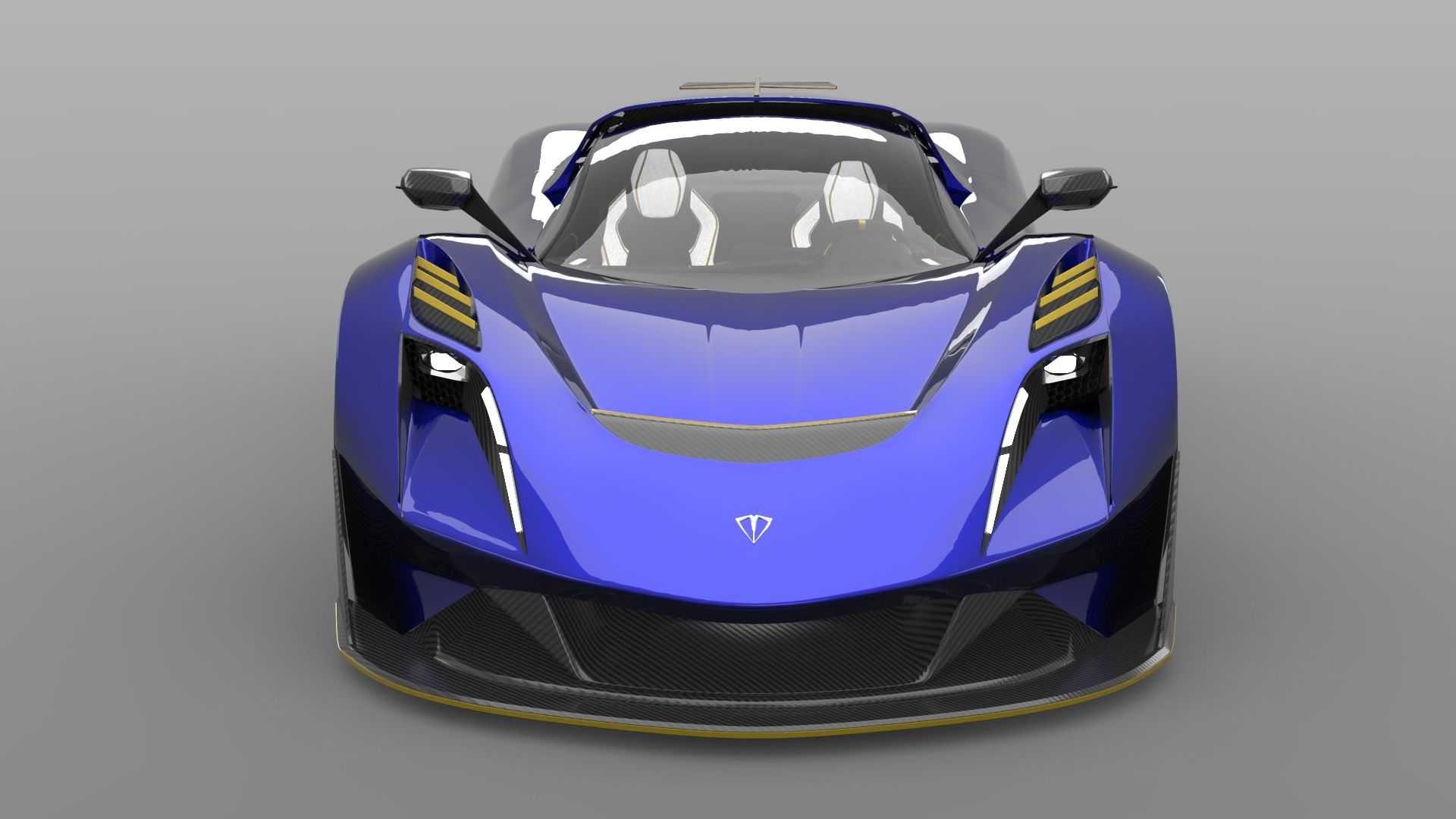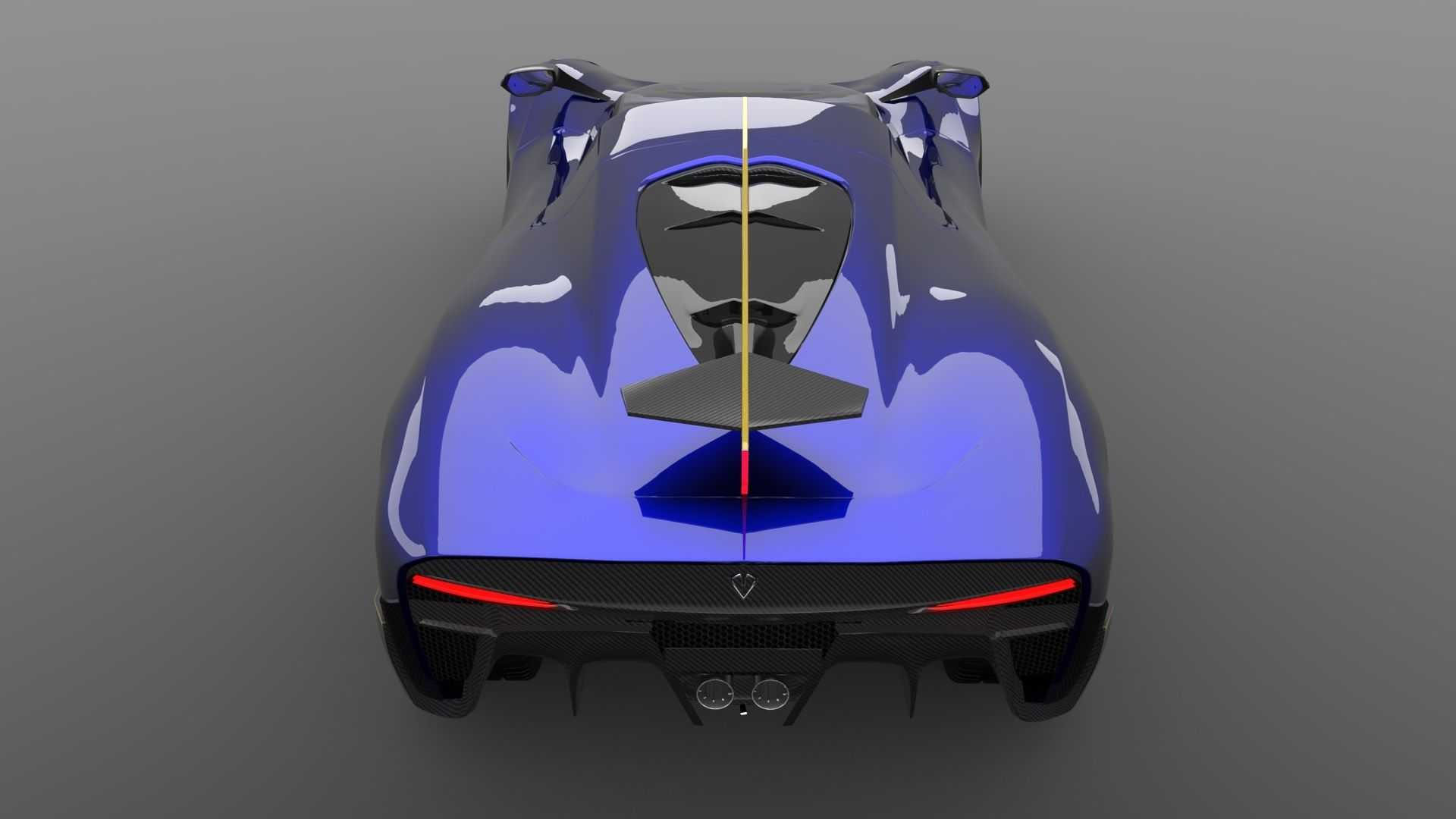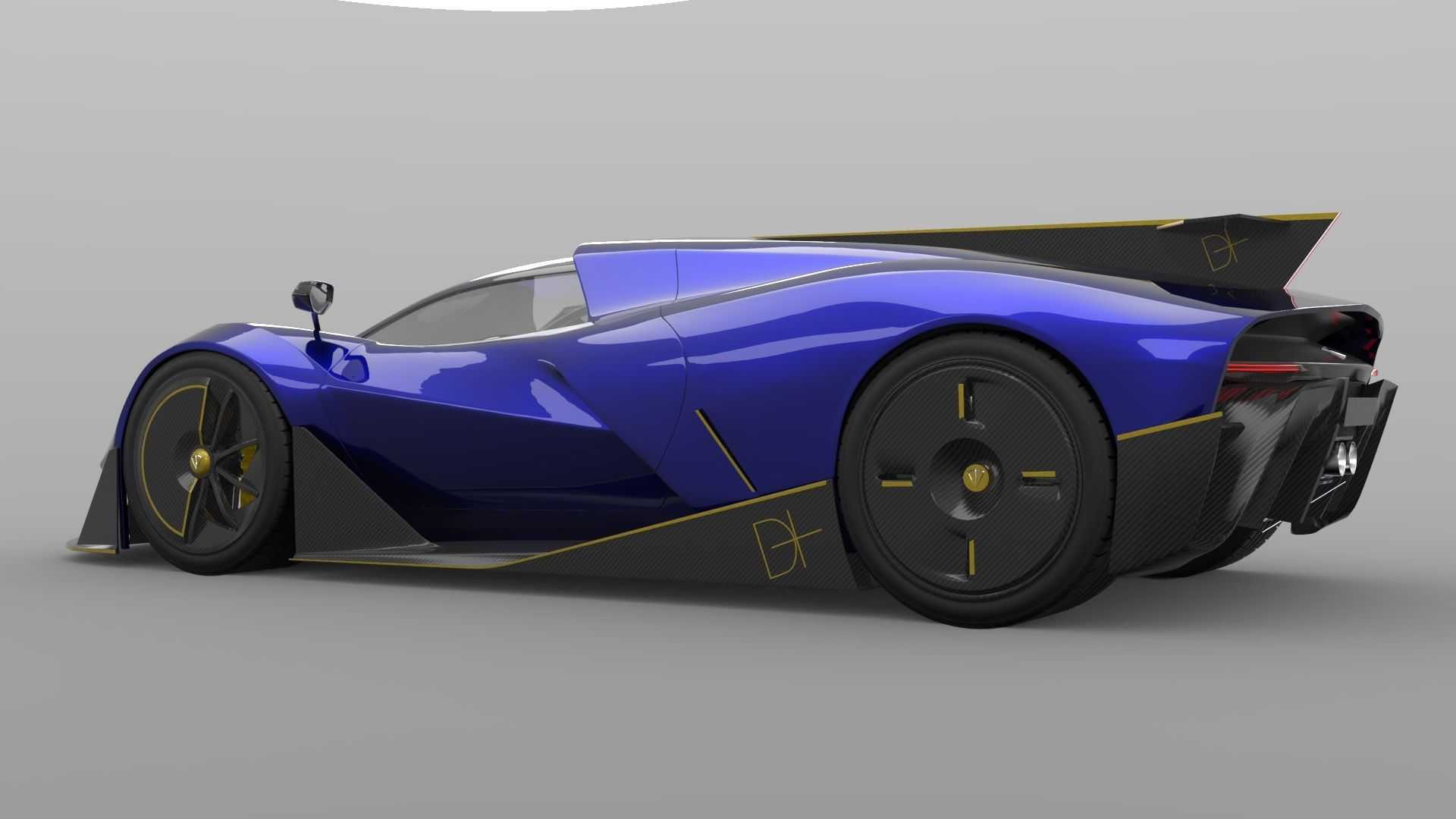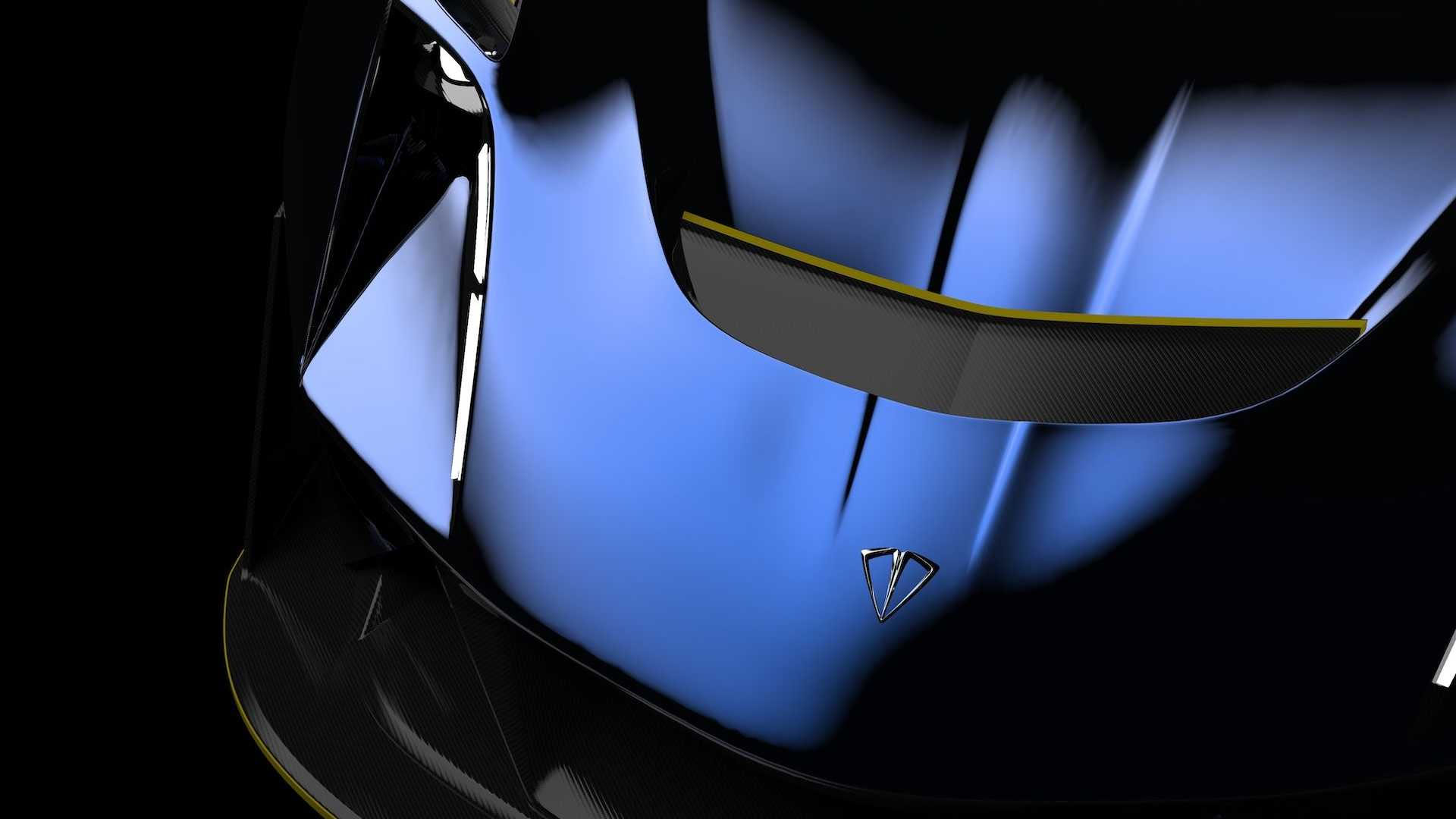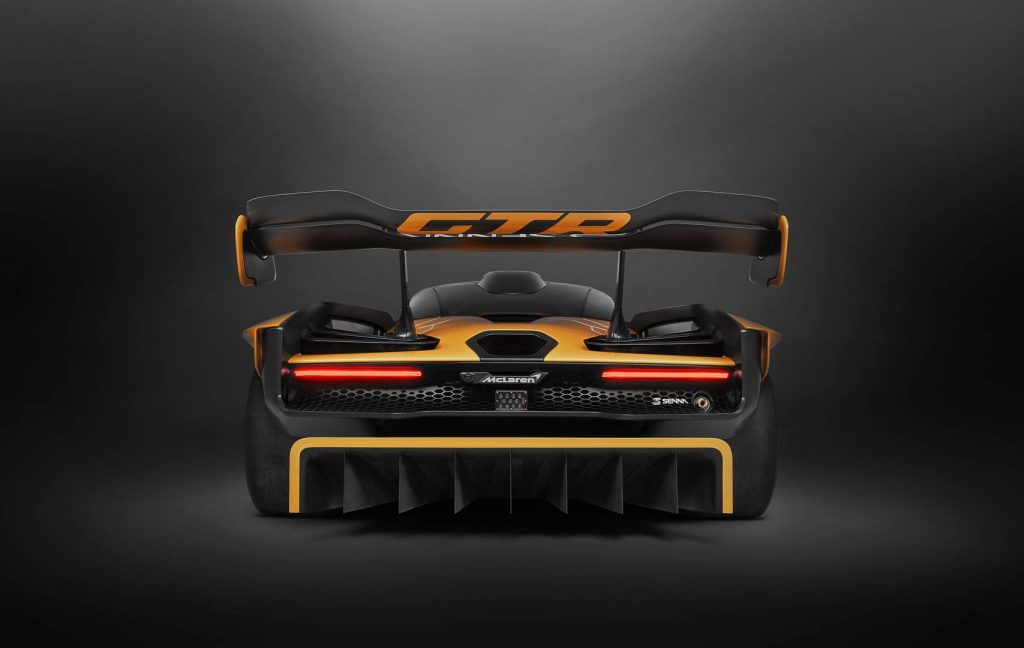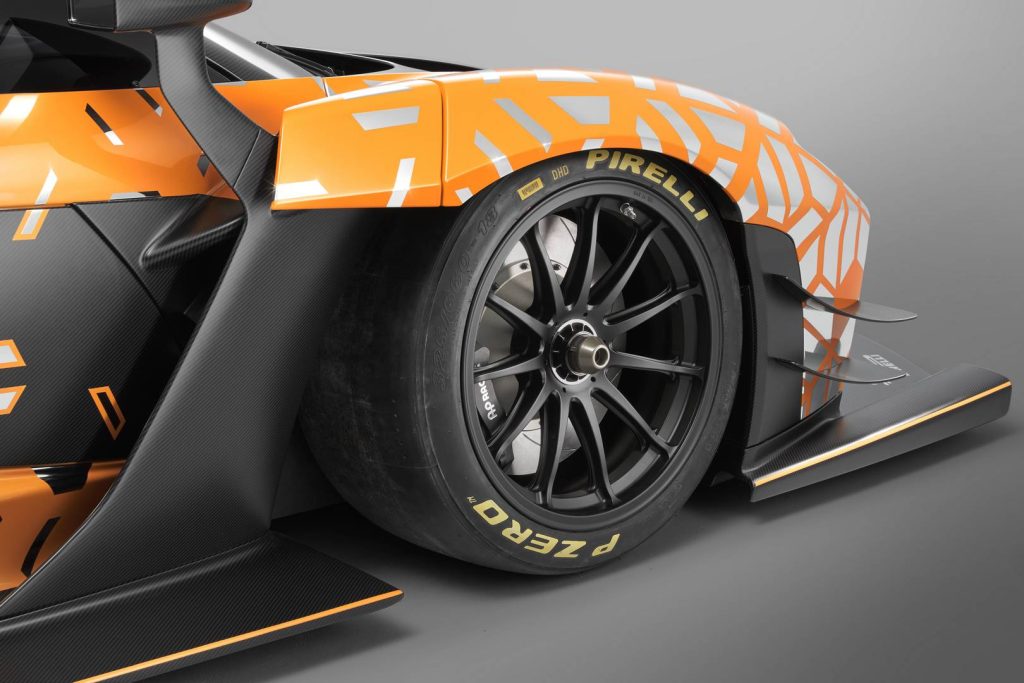Restomod Culture is Just Getting Started (& Finally Going Mainstream)
The concept of restomods is an intriguing one indeed within the dynamic space that’s the automobile industry. The term is reserved for cars, primarily classics that have been ‘restored’ and ‘modified’ (hence the name, restomod) in some way. It is a seamless combination of the ‘old’ and ‘new’ that allows enthusiasts to really get the best of both worlds.
A restomod retains the timeless design elements of the original classic car on which it’s based, wrapped around a modern framework that boasts improvements to safety, handling and comfort. In addition, the modification process crucially takes care of performance flaws found in the original vehicle and is one of the main appeals of the restomod culture.
It may not be as popular as other aspects of car culture like JDMs and the body kit craze. But don’t bet on restomods fading away anytime soon. All the signs indicate that this fascinating aspect of gearhead culture is on a fast track to even more popularity and fame.
The Roots of Restomod Culture
Restomods are not a new trend and have been around for several decades in one form or the other. To understand, you need to realize that the ‘50s automotive scene spawned two primary forms of car enthusiasts.
On the one hand, you had the collectors mainly after cars that could be shown off at car shows, the so-called ‘garage queens.’ These people cared less about performance attributes as the vehicles did not get driven around much. The second group were the hot rodders, adrenaline junkies who craved more from their cars in the form of engine power, improved brakes, and other components that significantly elevated the driving experience.
It did not take long for a third group to emerge; those interested in both the car’s styling and performance. This set of people actively sought ways to merge a car’s styling with upgraded performance mods. These classic cars not only got to retain their original design but also received the latest brakes, engines, and other mechanical parts for better performance.


There are those within the car community that kick against this idea. They believe classic cars should be left in their original state, and yes, some of the icons from the classic era are best left alone. The only drawback is that most of these cars are undrivable today, especially with current regulations and emissions standards.
Resto-moded cars offer a workaround here. They retain the visual impact missing from many of today’s automobiles and still allow owners to drive a ‘classic’ that’s practical, reliable and entertaining.
Restomod Culture: A Growing Trend
Technological advancements have played a significant role in the growing popularity of restomods. Sophisticated techniques like CNC (Computer Numerical Control) machining can now be used to manufacture custom aftermarket parts that would have otherwise been unavailable. In most cases, these bits prove even more reliable than the factory pieces they replace during the restomod process.
The easier access to a wider variety of parts has helped lower entry barriers to the world of restomods. Now, everyone from budding enthusiasts to established shop owners can spend less time hunting for materials and more time focusing on the actual restomod builds, relying on a host of modern technological methods to help execute their vision.
Then you have the internet, an inexpensive platform that’s allowed restomod builders to showcase their creativity to a large number of people unrestricted by physical boundaries. So far, the audience is lapping it all up. Restomods not only look superb in high-res photos, but they also sound great in videos and look even more impressive when they trump modern sports cars in a match-up at the drag strip or race track.
Social media and online forum communities have played their part in propagating the restomod culture, resulting in viral sensations of the truly standout builds. Examples include the 1969 Ford Mustang Mach 1 ‘Hitman,’ a restomod by Ford-licensed Classic Recreations with 1,000 ponies under the hood.
Speedkore Performance Group also came up with the ‘Hellraiser’, a restomod of the 1970 Dodge Charger with a full carbon-fibre body and a 7.0-litre Hellephant engine that cranked out 1,000-hp and 950 lb-ft of torque.




Restomods are popular with classic muscle cars, but other car types like sports cars and even trucks have also been the subject of interesting ideas. For example, there is the classic Porsche 911 Targa reimagined by Singer Vehicle Design, an American company that specializes in modifying Porsche sports cars.
In 2019, an Indiana-based company debuted a restomod based on a 1966 Chevy K30-style truck. It was a $150,000 behemoth with several mods like massive 37-inch tires, Bilstein shocks, extra bracing and a turbocharged diesel engine tuned to produce 550-hp and an insane 1,300 lb-ft of torque!




Restomods & Electromobility
Electromobility is the next big wave in the automotive industry. It’s a trend that’s catching on with restomods as well. Swapping out traditional internal combustion engines with electric powertrains, complete with motors, batteries and circuitry, is not as inconceivable as it once sounded, thanks again to technological breakthroughs.
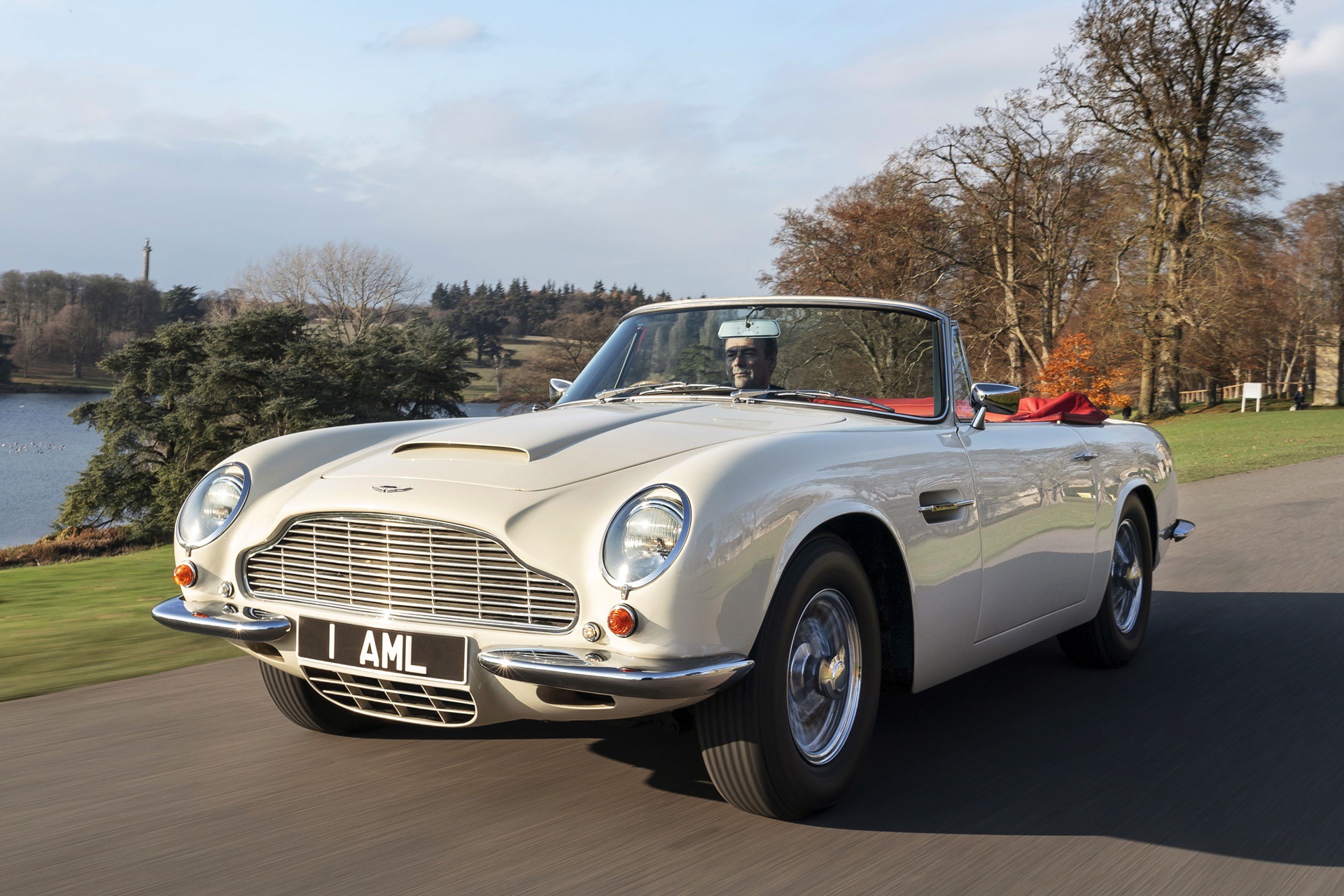

It is still incredibly niche, but there are already important players involved. Just take the 1970 DB6 MK2 Volante Restomod, an all-electric restomod introduced by Aston Martin in 2019 and available to interested clients for about $1.7 million per unit.
In November 2021, Hyundai showcased a 1980s Hyundai Grandeur restomod with a futuristic interior, and exterior complete with fancy LED lighting. More importantly, is the fact that the Grandeur is powered solely by electricity. The recently concluded 2021 SEMA also presented an opportunity for Ford to show off a 1978 Ford F-100 electric restomod with 480-hp on tap.
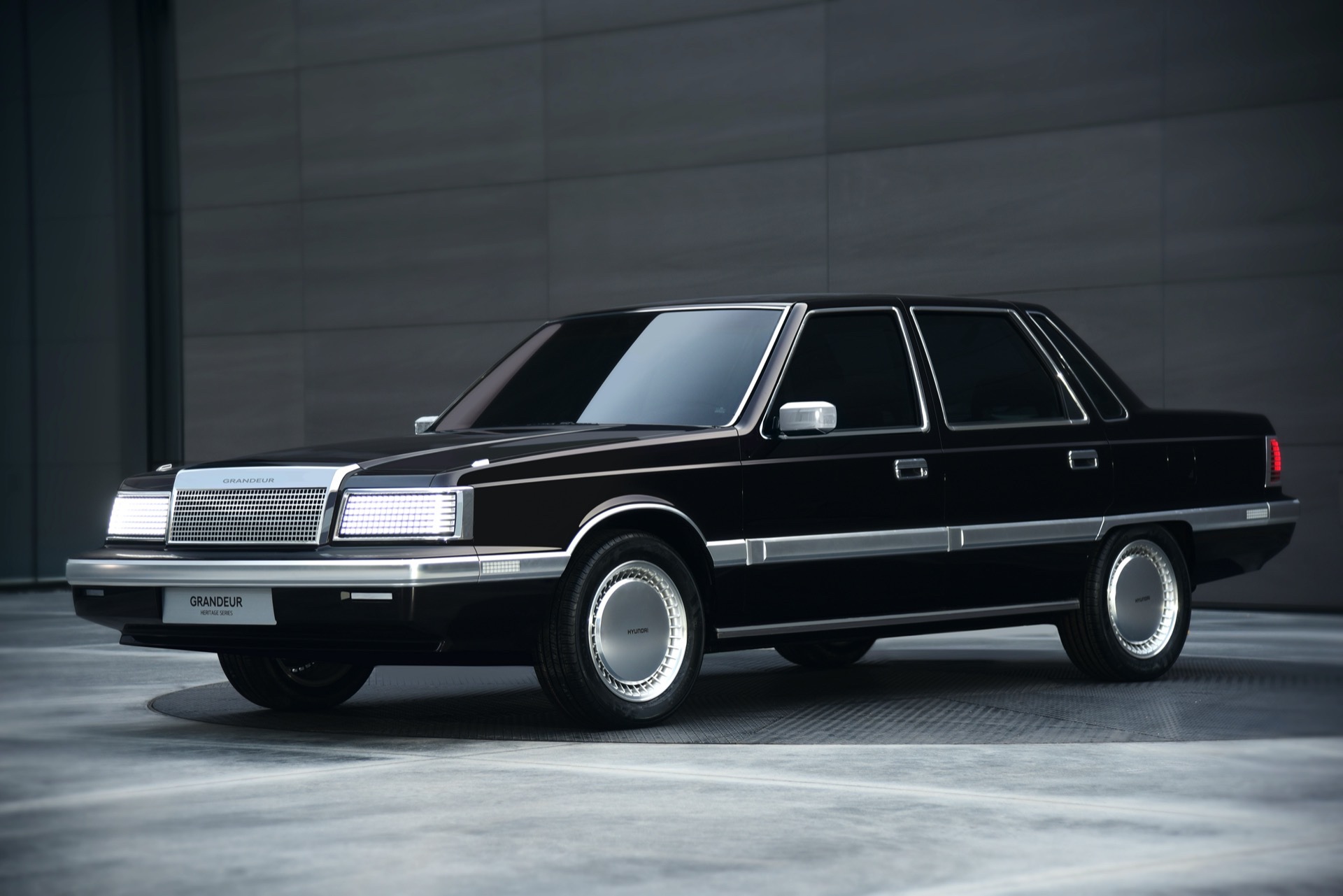

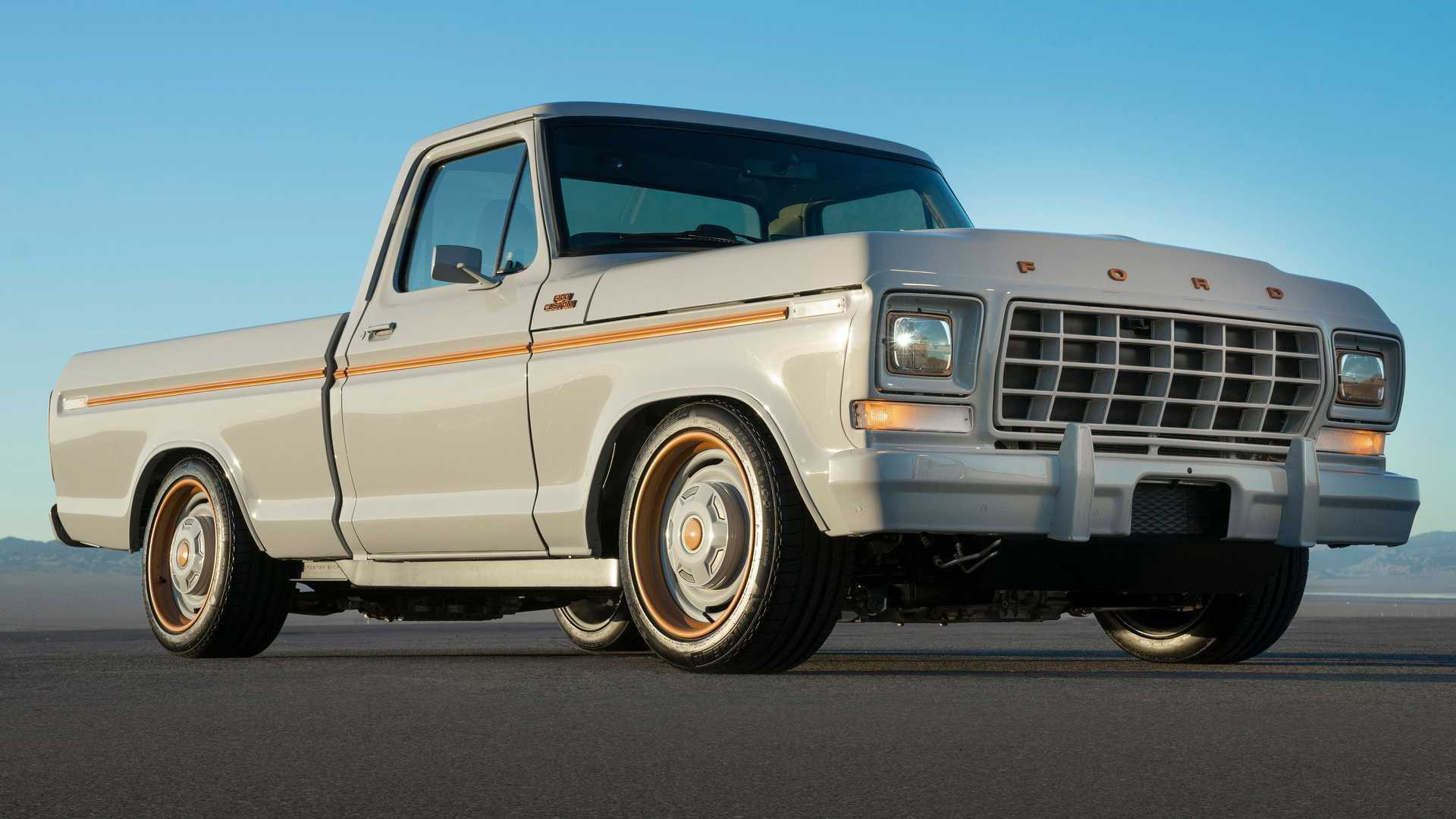

Apart from established carmakers, you also have boutique companies like UK-based Everatti and Netherlands-based Voitures Extravert specializing in electrifying classic vehicles from manufacturers including Land Rovers, Fords and Porsches.
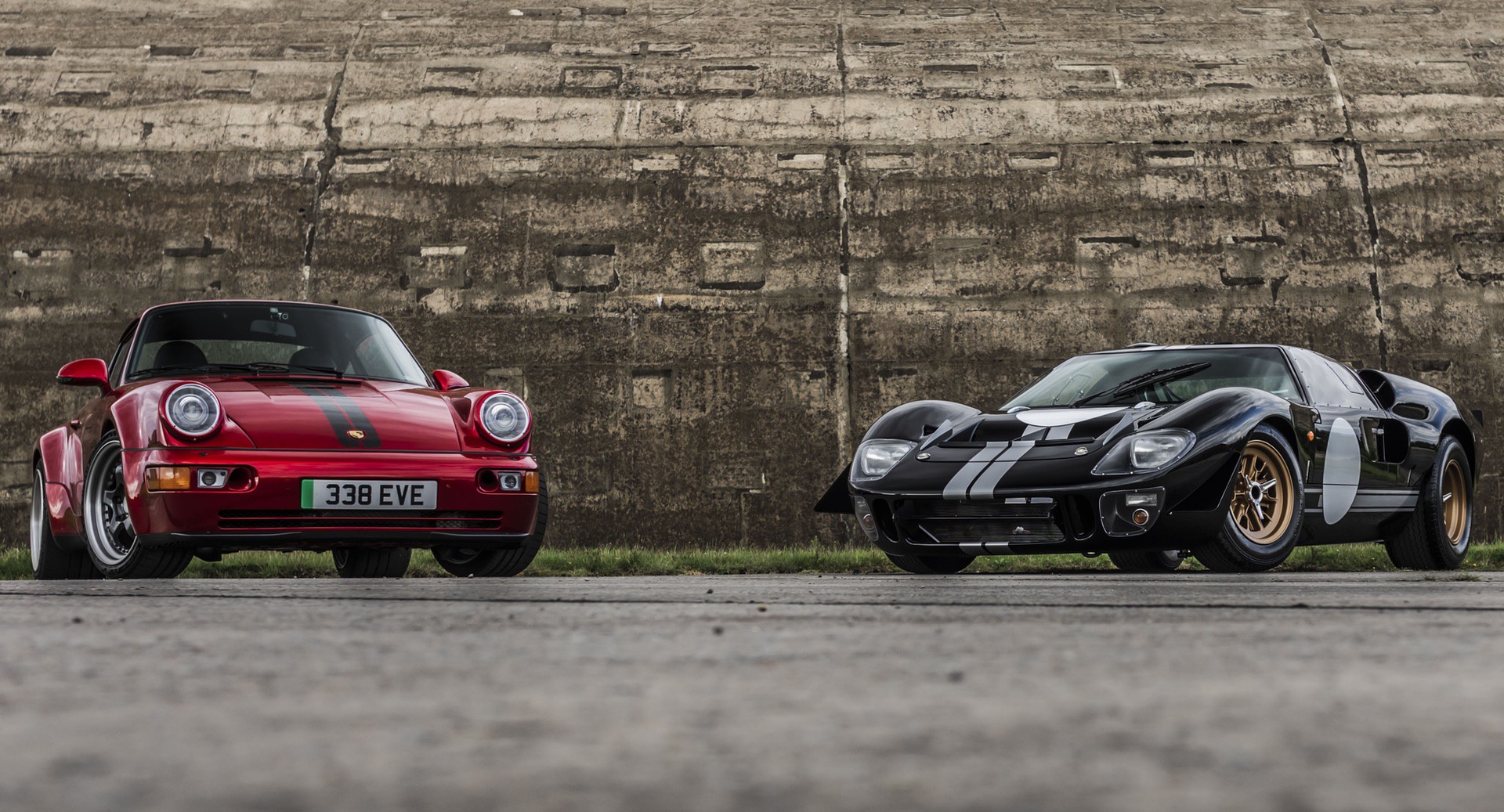

Further down the chain are even smaller outfits and individuals who have attempted to create their own custom electric restomods like the Charge ‘Eleanor’ Ford Mustang with four motors that produce a total of 543-hp and 885 lb-ft of torque.
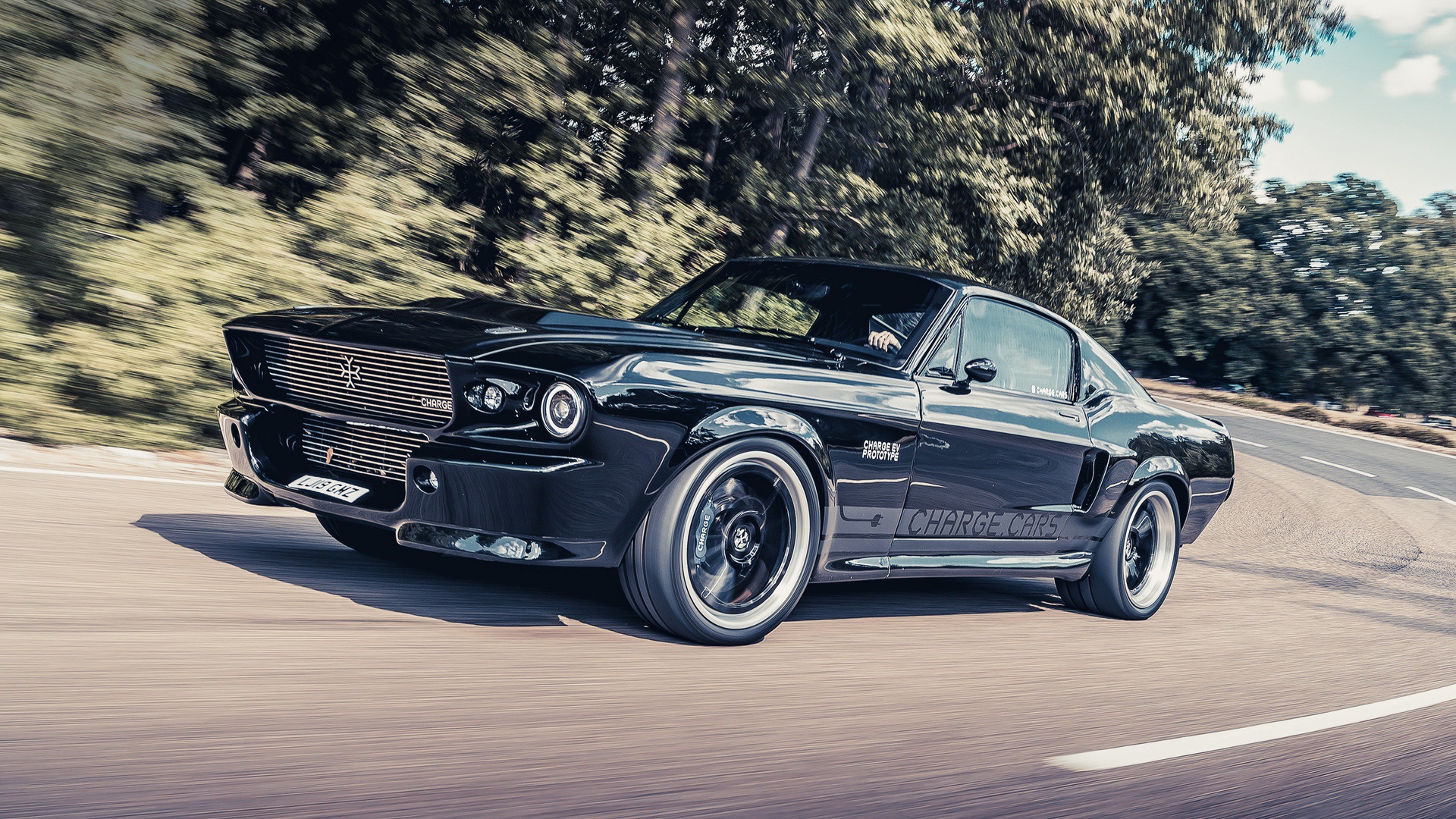

It appears that restomod culture is gearing up to keep pace with the EV revolution, and electric restomods may turn out to be just as popular as the traditional fossil-fuel counterparts sooner than later.
Restomods: Here to Stay
The idea of restomods is bound to get even more entwined with the mainstream car culture as time goes on. Enthusiasts should be happy about that, and those who oppose the idea will do well to get on the bandwagon and applaud the hobbyists bold enough to tackle restomod projects.
Restomods may just turn out to be one of the most important ways by which we can continue to appreciate our favourite classic cars and see them being properly driven on the roads rather than squirrelled away in hidden collections until they rot away and fall apart. Okay, that may be an extreme scenario—but surely you get the point.


